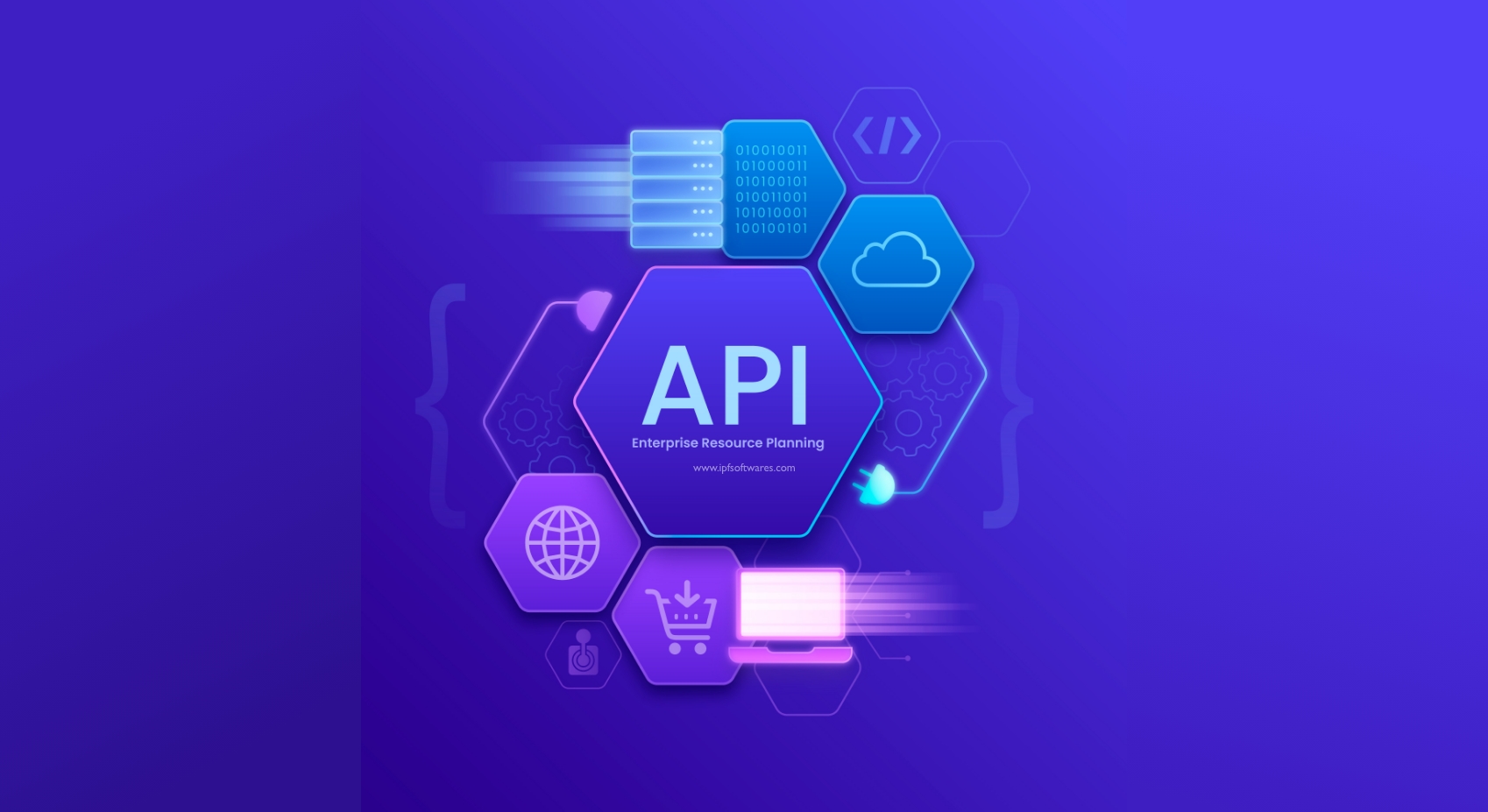Following on from the post on the introduction to a DXP platform, this is a post which is part of a series on DXP platforms.
Components of a DXP platform
The 2022 Gartner report on DXP platforms lists the following components as making up a DXP platform,
A Content management tool
Ability to organise and classify content using taxonomies, meta-fields, through an administrative interface such as the WordPress dashboard tool.
Manage account services
Ability to create user accounts, track their content, and assign roles with access capabilities constraining what they can see and do on the administrative interface.
Personalisation and context awareness
Ability to track user behaviour and content preference to provide dynamic content tailored to that user. This requires a Customer Data Platform to track user data on the site and integrate with the page content in real-time to display relevant content. Context awareness is the ability to display content based on the context of the page and 1st and 2nd party data available about the visitor.
Analytics and optimisation.
Tools that enable website visitor data and behaviour to be analysed and transformed into information that can be used to further optimise the content, navigation, conversion goals and performance of the website. Google Analytics is an example of an analytical tool but it lacks the ability to interact with it though an API and retrieve the salient information that results from that analysis.
Customer journey mapping
Customers might interact with a service on a website, app, chatbot, social platform, customer portal, in-store kiosk, digital stadium billboard, and wearable all in the same day. They’ll want each of those experiences to reflect any interactions they’ve had with the service at any given moment and across any device. This interaction could take place across multiple services/websites that belong to the same entity/group. A DXP needs to be able to follow and map this journey seamlessly. The DXP platform may use the Customer Data Manager or make use of a Customer Relation Management service to achieve this.
Customer data management
A customer’s data will require management and access by employees and may be updated offline too from email/phone interactions with an helpline for example.
Presentation, delivery and orchestration
The ability to for front-end templating in order to present a cohesive picture across a variety of devices, pulling and combining content from various sources. The presentation is the ability to present a cohesive look and feel to the user across a variety of devices. This variety of devices, which represents the delivery
Search, navigation and insight
Ability for all business stakeholders (front-end users/customers, as well as business employees) to search for relevant data, navigate to pages (front-end and backend) in timely and intuitive ways, and presenting data to gain clear insights
Collaboration and knowledge sharing
Ability for collaborative content creation, editing, process flows and administration of the digital eco-system in order to ensure timely information flow to stakeholders.
Artificial intelligence
Machine learning based AI is used primarily for analysing customer data and fine-tuning personalisation engines. Semantic content in order to ease ML content consumption.
Cloud capabilities
Distributed hosting and content networks as well as cloud-based services
Architecture and platform design
Ability to integrate and scale with multiple databases/servers/services in order to mitigate downtime, enhance security, and maintain service performance.
Integration, interoperability and extensibility
Ability to integrate with various services for the different functionality, such as a CDP or a DAM, while remaining service-agnostic in order to ease transition/evolutions to different platforms. Ability to further extend functionality with plugins and custom development.
Multi-experience support
Ability to deliver a digital experience across multiple devices in different context.
Security and access control
Ability to provide secure and controlled access to content to a variety of users, from anonymous visitors, customers, business employees with varying access needs, content creators, editors, and administrators.
A deep dive into the world of DXP platforms
In the following posts on this series, I will review the existing DXP platform providers, as well as review a DXP solution conceived for the hospitality industry, looking at how DXP platforms can revolutionise the digital experience of hotel guests.

